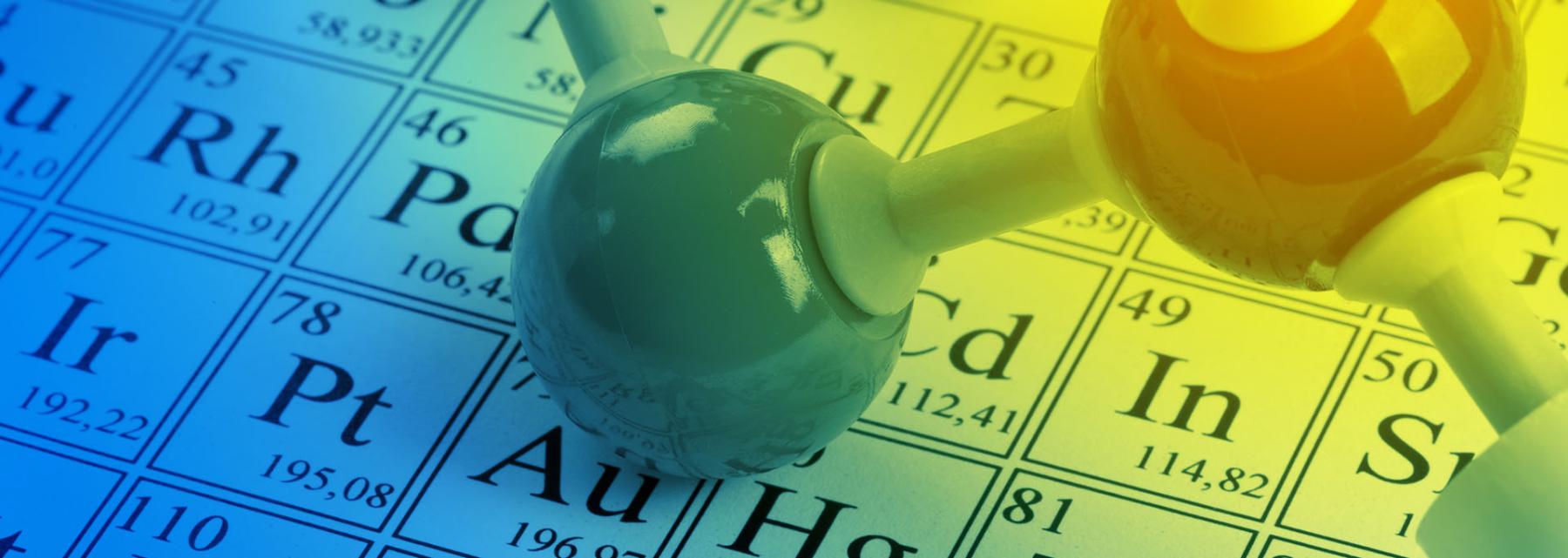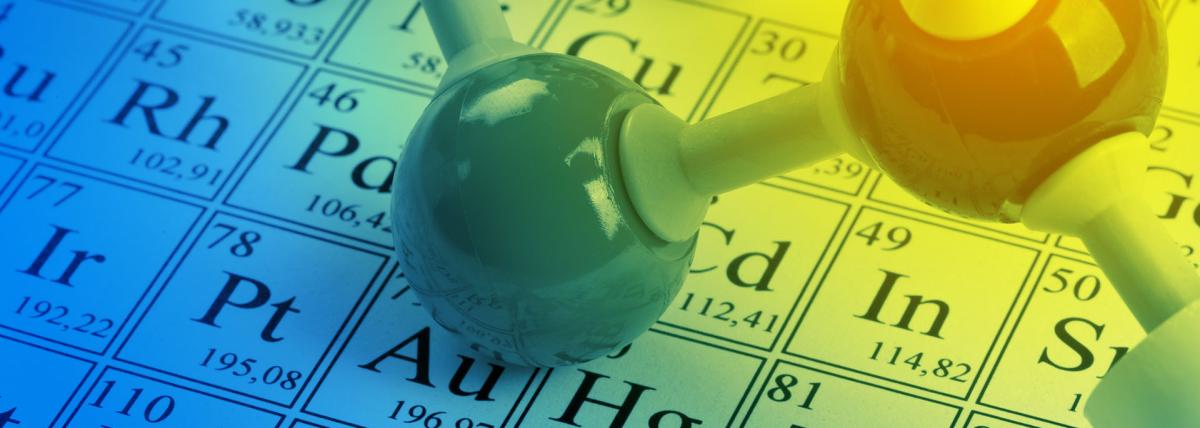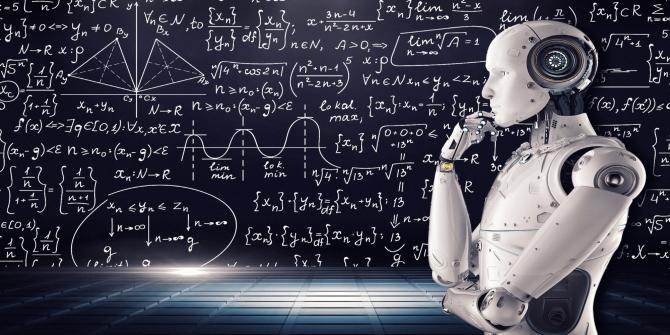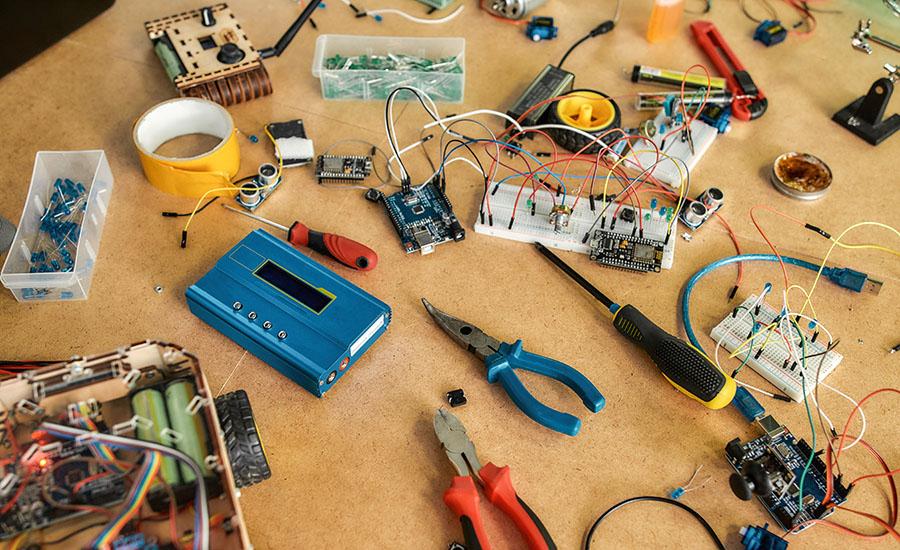
Subatomic Particles: Creating an Atom
by Gregory Brown
This set of lessons allows students to model the structure of an atom and use this to define trends on the Periodic Table and characteristics within groups. In addition, students can relate the patterns and scientific concepts together in a innovative and interactive way.
Lesson Plan Link/URL
https://docs.google.com/presentation/d/1i3UD7gvbDcfjWoejy3FJcxeCxkZGh-tLqtJmrxq…
Featured
Off
Related Content

Grades:
8th Grade, 9th Grade, 10th Grade, 11th Grade, 12th Grade
In this hands-on lesson, students design and execute an experiment to maximize caffeine extraction when making coffee. The caffeine testing is conducted using a Spectrometer. The focus of this lesson

Grades:
8th Grade, 9th Grade, 10th Grade, 11th Grade, 12th Grade
More VR integration in the classroom, oh my! This is the second lesson of a two-day exploration of chain reactions. On day one, students received a general overview of chain reactions, Rube Goldberg

Grades:
6th Grade, 7th Grade, 8th Grade, 9th Grade, 10th Grade, 11th Grade, 12th Grade
This lesson can be used to reinforce physical science standards, engineering design concepts, and collaboration. Students will work with a National Geographic Magnetic Marble Run to construct a basic